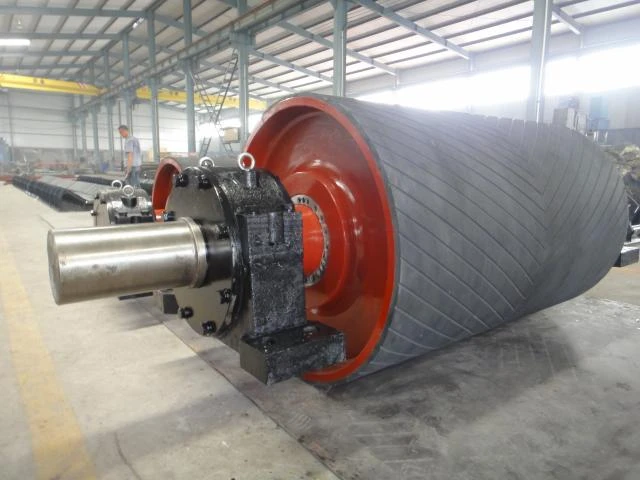 Afrikaans
Afrikaans  Albanian
Albanian  Amharic
Amharic  Arabic
Arabic  Armenian
Armenian  Azerbaijani
Azerbaijani  Basque
Basque  Belarusian
Belarusian  Bengali
Bengali  Bosnian
Bosnian  Bulgarian
Bulgarian  Catalan
Catalan  Cebuano
Cebuano  Corsican
Corsican  Croatian
Croatian  Czech
Czech  Danish
Danish  Dutch
Dutch  English
English  Esperanto
Esperanto  Estonian
Estonian  Finnish
Finnish  French
French  Frisian
Frisian  Galician
Galician  Georgian
Georgian  German
German  Greek
Greek  Gujarati
Gujarati  Haitian Creole
Haitian Creole  hausa
hausa  hawaiian
hawaiian  Hebrew
Hebrew  Hindi
Hindi  Miao
Miao  Hungarian
Hungarian  Icelandic
Icelandic  igbo
igbo  Indonesian
Indonesian  irish
irish  Italian
Italian  Japanese
Japanese  Javanese
Javanese  Kannada
Kannada  kazakh
kazakh  Khmer
Khmer  Rwandese
Rwandese  Korean
Korean  Kurdish
Kurdish  Kyrgyz
Kyrgyz  Lao
Lao  Latin
Latin  Latvian
Latvian  Lithuanian
Lithuanian  Luxembourgish
Luxembourgish  Macedonian
Macedonian  Malgashi
Malgashi  Malay
Malay  Malayalam
Malayalam  Maltese
Maltese  Maori
Maori  Marathi
Marathi  Mongolian
Mongolian  Myanmar
Myanmar  Nepali
Nepali  Norwegian
Norwegian  Norwegian
Norwegian  Occitan
Occitan  Pashto
Pashto  Persian
Persian  Polish
Polish  Portuguese
Portuguese  Punjabi
Punjabi  Romanian
Romanian  Russian
Russian  Samoan
Samoan  Scottish Gaelic
Scottish Gaelic  Serbian
Serbian  Sesotho
Sesotho  Shona
Shona  Sindhi
Sindhi  Sinhala
Sinhala  Slovak
Slovak  Slovenian
Slovenian  Somali
Somali  Spanish
Spanish  Sundanese
Sundanese  Swahili
Swahili  Swedish
Swedish  Tagalog
Tagalog  Tajik
Tajik  Tamil
Tamil  Tatar
Tatar  Telugu
Telugu  Thai
Thai  Turkish
Turkish  Turkmen
Turkmen  Ukrainian
Ukrainian  Urdu
Urdu  Uighur
Uighur  Uzbek
Uzbek  Vietnamese
Vietnamese  Welsh
Welsh  Bantu
Bantu  Yiddish
Yiddish  Yoruba
Yoruba  Zulu
Zulu conveyor components & parts
Understanding Conveyor Components and Parts
Conveyor systems play a crucial role in various industries, facilitating the efficient movement of products and materials. They are particularly important in manufacturing, warehousing, and distribution environments where time is of the essence. To fully appreciate conveyor systems, one must understand the components and parts that make them function effectively. This article aims to illuminate the various elements of conveyor systems, their significance, and how they contribute to overall efficiency.
The Basics of Conveyor Systems
At their core, conveyor systems consist of a series of pulleys and belts. However, the sophistication of these systems can vary widely based on their application and the materials being moved. Conveyors can be categorized into several types, such as belt conveyors, roller conveyors, chain conveyors, and more, each tailored for specific types of materials and workloads.
Key Components of Conveyor Systems
1. Belts The belt is the most visible part of any conveyor system. It serves as the primary surface where materials are transported. Conveyor belts come in various materials, including rubber, plastic, and metal, chosen based on the specifics of the load, such as weight, size, and the nature of the materials (e.g., dry, wet, or molten).
2. Pulleys Pulleys are vital for transferring motion through the conveyor system. They are typically installed at the ends of a conveyor belt and play a crucial role in tensioning the belt. There are two main types of pulleys drive pulleys, which are powered to move the belt, and idler pulleys, which guide the belt.
3. Rollers Rollers support the conveyor belt and ensure it moves smoothly. They can be powered or unpowered, depending on the system's design. Powered rollers are often used in motorized conveyor systems, while unpowered rollers are common in gravity conveyors.
4. Drive Motors The drive motor is essential for powering the conveyor system. It converts electrical energy into mechanical energy, setting the pulleys in motion. The size and type of motor can vary based on the conveyor's design and the weight of the materials being moved.
conveyor components & parts

5. Frames The conveyor frame provides structural support and stability for the entire system. Depending on the application, frames can be made from various materials including steel, aluminum, or plastic. The design of the frame is critical for maintaining the conveyor’s overall integrity.
6. Sensors In modern conveyor systems, sensors are often incorporated to enhance functionality and automation. They can detect the presence of materials on the conveyor, monitor speed, and even control the stopping and starting of the system to prevent jams and optimize the flow of materials.
7. Control Systems These systems manage the operation of the conveyor, often integrating various control methods such as PLCs (Programmable Logic Controllers) and SCADA systems (Supervisory Control and Data Acquisition). Control systems can automate the conveyor’s operation, adjusting speed, direction, and timing based on the overall production needs.
8. Hoppers and Chutes These components aid in the loading and unloading of materials onto and from the conveyor system. Hoppers funnel materials onto the conveyor, whereas chutes guide items off the conveyor smoothly and efficiently.
Maintenance and Upkeep
Regular maintenance of conveyor components is essential for ensuring optimal performance and longevity. Common practices include checking for belt wear, lubricating moving parts, inspecting electrical systems, and replacing any damaged or worn components. An effective maintenance program not only prolongs the life of the conveyor system but also minimizes downtime, which can be costly for any operation.
Conclusion
Understanding conveyor components and parts is vital for anyone involved in industries that rely on material handling and production processes. Each component plays a specific role in ensuring that conveyor systems operate effectively and efficiently. By investing in high-quality components and maintaining them regularly, businesses can significantly enhance their operational efficiency, reduce labor costs, and improve overall productivity. As industries continue to evolve, so too will the technology and design of conveyor systems, making them indispensable in modern manufacturing and logistics.
-
Revolutionizing Conveyor Reliability with Advanced Rubber Lagging PulleysNewsJul.22,2025
-
Powering Precision and Durability with Expert Manufacturers of Conveyor ComponentsNewsJul.22,2025
-
Optimizing Conveyor Systems with Advanced Conveyor AccessoriesNewsJul.22,2025
-
Maximize Conveyor Efficiency with Quality Conveyor Idler PulleysNewsJul.22,2025
-
Future-Proof Your Conveyor System with High-Performance Polyurethane RollerNewsJul.22,2025
-
Driving Efficiency Forward with Quality Idlers and RollersNewsJul.22,2025





























